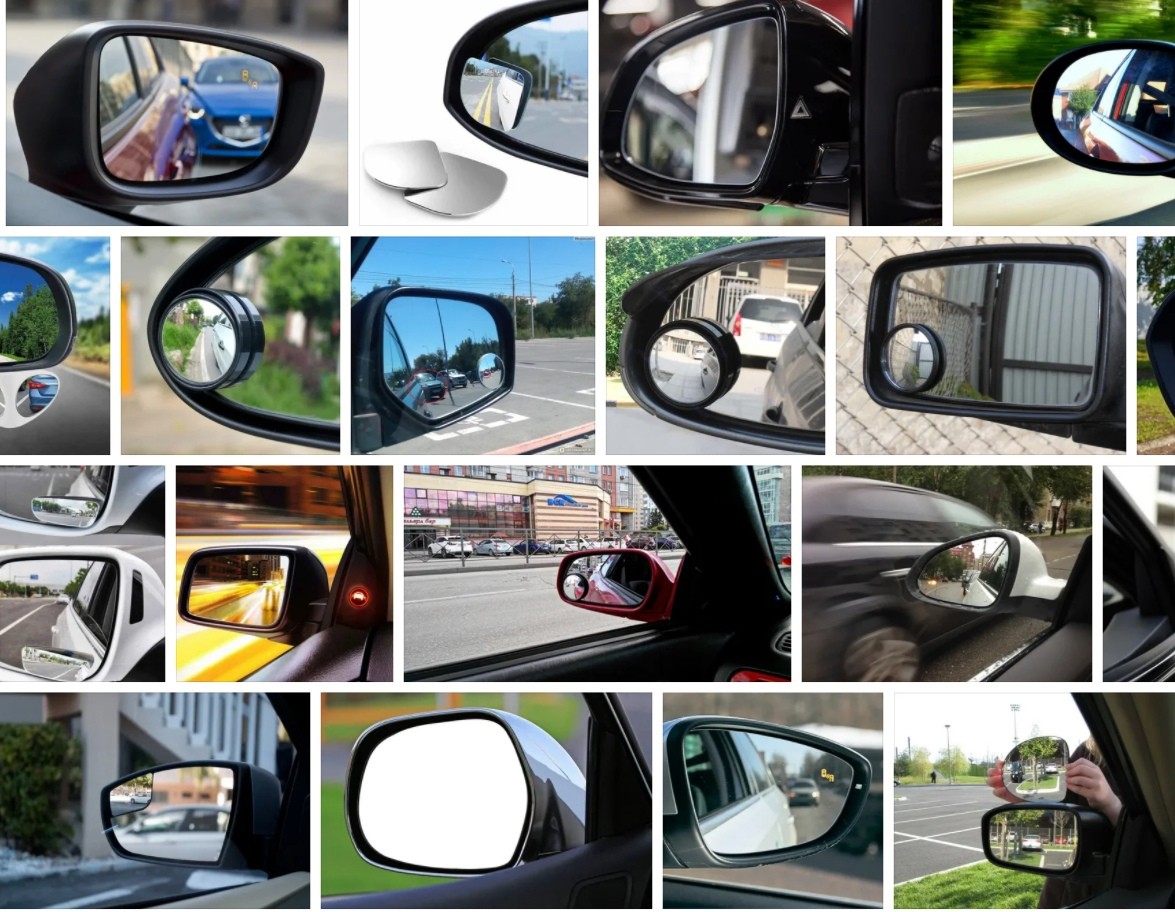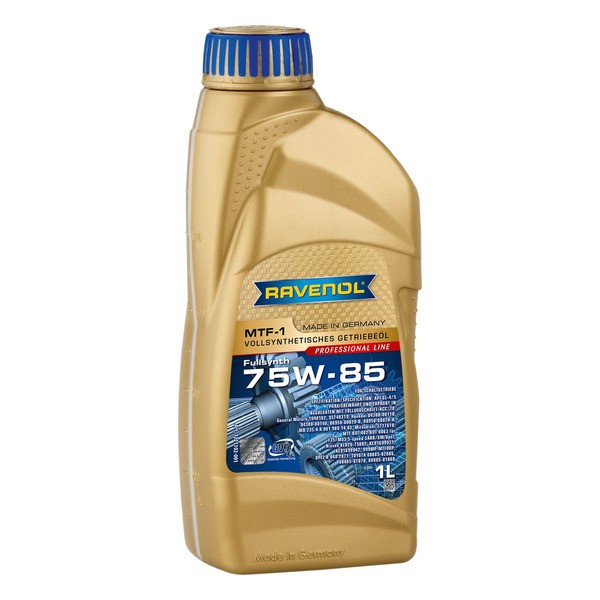
How to use blind spot mirrors
For most cars and trucks, a blind spot mirror is not required if you can properly adjust the side mirrors. However, many drivers find it easier to add these aftermarket accessories (and some larger vehicles come with them as standard equipment). How do you use blind spot mirrors? What is the best safety information for blind spot mirrors?
What is a blind spot?
No matter how well you position the rear-view mirrors, there will be a blind spot on both sides. Much of this will depend on the design and construction of your vehicle, but there will always be areas that you cannot see. Mirrors for blind spots are designed to solve this problem.
Using Blind Spot Mirrors
Blind spot mirrors are actually very simple. Typically, these are curved mirrors that attach to your car's standard side mirrors. The curved surface allows the mirror to reflect objects at a wider range of angles than is possible with conventional side view mirrors.
To properly use the blind spot mirror, it must be installed so that it provides a view of the blind spots to your right and left when you are sitting in the driver's seat. Make sure the sideview mirror itself is positioned correctly (you shouldn't be able to see the side of the car) and then adjust the blind spot mirror so you can see what the other mirror is missing.
For most vehicles, the best mounting location is at the top corner on the outside of the mirror. However, this does not apply to all vehicles, so you may need to experiment with placement to get optimal coverage for specific blind spots. Please note that in many vehicles the blind spot mirror on the passenger side mirror does not work. The size of the mirror limits the visibility of the reflection to the driver, and the passenger's side-view mirrors have a natural bulge to cover the blind spot.
